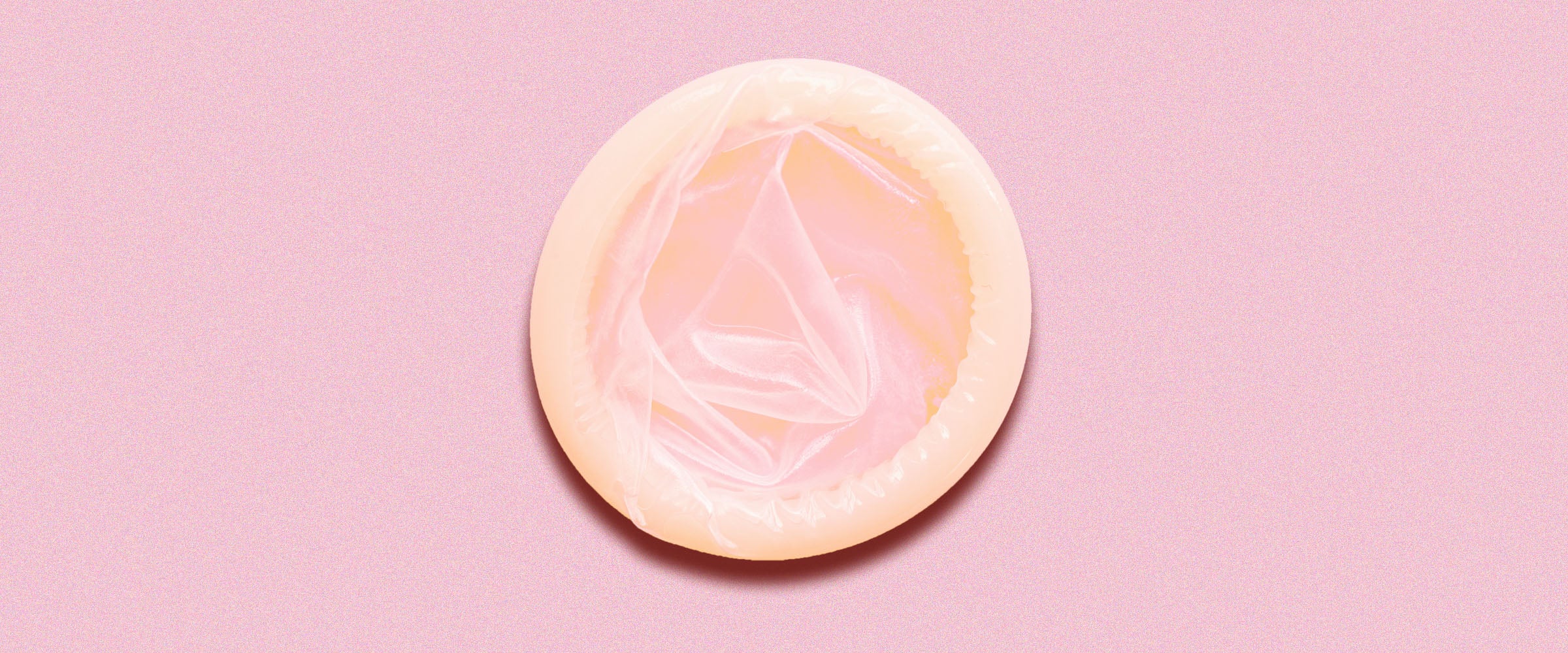In 1594, Italian physician and anatomist Gabriele Falloppio suggested that a linen cloth be soaked in chemicals, dried and then used as protection against syphilis. According to Spafe.com, 1,100 brave participants lined up to test out this first-of-its-kind condom, which was fastened onto the penis with ribbon. Hot!
Fast forward a little more than 250 years and Charles Goodyear (he of Goodyear Tires) created the first rubber condom. Roughly as thick as the inner tube of a bicycle tire, it can be assumed that the only thing you could feel during sex was your dick going soft.
Today, a little more than 400 years after the linen condom and less than 200 years since the first rubber condom, a team of scientists from Boston University have created a new, self-lubricating condom — in layman’s terms, that’s a rubber that becomes moist when it comes into contact with bodily fluids.
“Self-lubricating condoms, on which clinical trials will start next year, could be a major breakthrough: 73 percent of people surveyed said they preferred the way the self-lubricating condoms felt and that they would be more likely to use these condoms,” reported Vox. “The study relied on a small sample size — only 33 people — but results hew to a national survey of Americans that found that 61.5 percent of women and 66.1 percent of men said lubricated sex felt better.”
Additionally, as we noted yesterday, these condoms can stay lubricated for up to 1,000 thrusts, according to the research. And since the average number of thrusts (per our calculations) is roughly 260, this slippery-when-wet raincoat can last for at least three rounds of average thrusting sex (although you should absolutely not be reusing your condoms).
The point is, most people hate using condoms not because they like STDs but because, when they’re weighing the cost-benefit analysis between shitty sex and contracting syphilis, the highly contagious disease can suddenly seem a little less highly contagious. After all, according to a 2008 national survey, 77 percent of men and 40 percent of women said they’d experienced reduced pleasure and increased discomfort while using condoms, reported Science Alert.
This general disenchantment with rubbery prophylactics — along with the fact that almost 2.3 million cases of chlamydia, gonorrhea and syphilis were diagnosed in the U.S. (the most ever) — is why in 2013, the Bill and Melinda Gates Foundation put out a call for proposals to change this, soliciting designs for condoms that preserved or enhanced pleasure. “They received over 800 submissions and chose 11 projects, including the researchers from Boston University, to give $100,000 each in seed funding to start research, with the possibility of an additional $1 million,” according to the same article in Vox.
Heh. “Seed” funding.
So how does this new condom work? The researchers have developed and optimized what they call a “lubricious surface treatment technique.” “It forms a strong chemical bond between the lubricant and the latex, meaning the coating is not easily rubbed off and provides consistent low friction,” reports Science Alert. But the part of this self-lubricating condom that really merits a Nobel Prize is the substance of the coating, which is made up of hydrophilic polymers, i.e., molecules that attract water. “As their name suggests, these polymers are attracted to water molecules and are soluble, which means that upon contact with a wet surface, they become slippery to the touch,” per the same report.
In less sexy news, the researchers write that they adopted the lubricious coating from those found on a catheter. “Thus, we developed the present coating strategy as a means of physically entrapping PVP [hydrophilic polymers] on latex surfaces to render the surface hydrophilic instead of hydrophobic.”
And if you’re wondering if this special coating is going to put the efficacy of your condom at risk, don’t. “The coating does not affect the strength of the latex, and the coating provides consistently low friction even when subjected to large volumes of water or 1,000 cycles of articulation (thrusting motions),” the researchers wrote in their study.
In short, you now have one less shitty excuse for not wrapping up.

